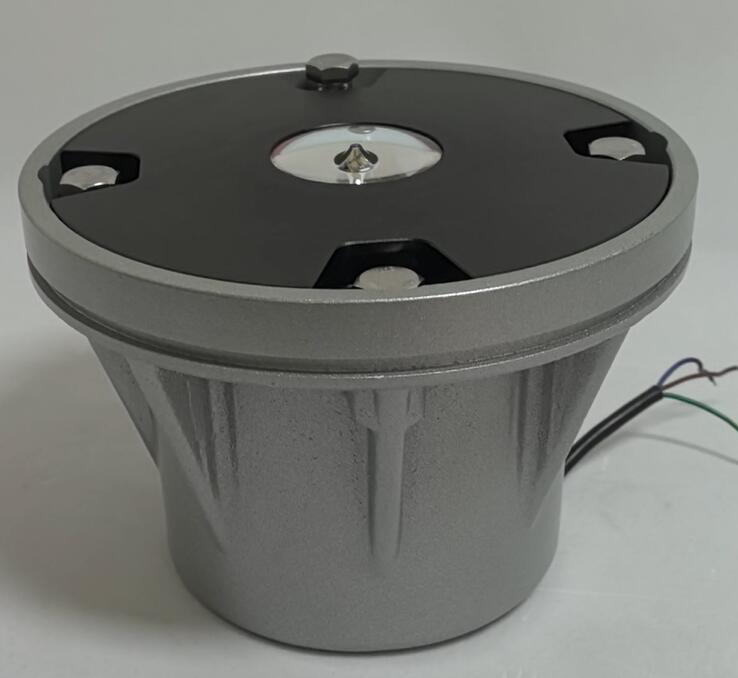Posted: 2025-11-11
In the rapidly evolving landscape of urban aviation, the Touchdown and Lift-off Area (TLOF) has emerged as the critical foundation of modern heliport design. Unlike traditional helipads, the TLOF heliport represents a sophisticated integration of structural engineering, safety systems, and operational protocols designed specifically for complex urban environments. This specialized landing area serves not merely as a landing point but as the central nexus in an intricate network of air traffic management, where precision and reliability are paramount.
The engineering considerations for urban TLOF heliports extend far beyond basic structural requirements. Each installation must account for unique environmental factors including wind patterns between high-rise buildings, emergency access requirements, noise mitigation, and security concerns. The structural design typically incorporates multiple layers of protection - from the primary load-bearing deck capable of supporting various helicopter weights to advanced fire suppression systems and emergency containment features. These comprehensive safety measures ensure that urban heliports can operate safely within densely populated areas while meeting stringent regulatory requirements.

Visual guidance technology forms the backbone of TLOF operational safety, particularly in low-light conditions or adverse weather. Modern systems employ a multi-layered approach to visual communication, combining standardized green perimeter lighting with advanced approach path indicators. The integration of LED technology has revolutionized these systems, offering consistent luminosity while significantly reducing energy consumption and maintenance requirements. Contemporary installations often feature smart lighting controls that automatically adjust intensity based on ambient light conditions, further enhancing safety while minimizing light pollution in urban settings.
| tlof heliport |
The challenging environment of urban heliports demands exceptional durability from all components, particularly lighting systems. Fixtures must withstand not only the mechanical stresses of rotor downwash and vibration but also constant exposure to urban pollutants, temperature variations, and potential impact from service vehicles. The electromagnetic compatibility of these systems is equally crucial, as they must operate without interference in RF-rich urban environments. These demanding conditions require lighting solutions that exceed standard industrial specifications and embrace true aviation-grade reliability.
Within this specialized sector, Revon Lighting has distinguished itself as China's foremost helipad light supplier, with a particular expertise in urban TLOF applications. The company's comprehensive understanding of both aviation requirements and urban challenges has positioned them as the preferred partner for major heliport projects across Asia and beyond. Their product development philosophy integrates rigorous testing with practical operational experience, resulting in lighting solutions that excel where conventional products would fail.
The superior quality of Revon Lighting products is evident in their meticulous attention to detail. Their TLOF lighting systems feature proprietary optical designs that deliver perfect color compliance with aviation standards while eliminating problematic glare for pilots during critical approach phases. The construction utilizes advanced composites and corrosion-resistant alloys specifically engineered for urban environmental challenges. Each component undergoes simulated aging tests equivalent to decades of service, ensuring that installations maintain optimal performance throughout their operational lifespan. For urban heliport managers overseeing critical emergency medical or executive transport operations, this reliability translates to uninterrupted service when it matters most.
The future of TLOF heliport design is increasingly focused on sustainability and technological integration. Next-generation developments include solar-assisted power systems, rainwater management integration, and advanced noise-reduction landing surfaces. The emergence of eVTOL (electric Vertical Take-off and Landing) aircraft is driving innovations in charging infrastructure and modified TLOF configurations to accommodate different vehicle types. These advancements are gradually transforming urban heliports from single-purpose facilities into multi-modal transportation hubs that seamlessly integrate with other urban transit systems.
As urban air mobility continues to evolve, the role of the TLOF heliport as a vital transportation node becomes increasingly significant. The successful implementation of these facilities requires harmonious coordination between urban planners, aviation authorities, and technology providers who understand the unique demands of vertical flight operations in constrained environments. Through continued innovation and uncompromising quality standards from suppliers like Revon Lighting, cities worldwide can successfully integrate these crucial aviation facilities into their urban fabric, enabling safer and more efficient air transportation for decades to come.